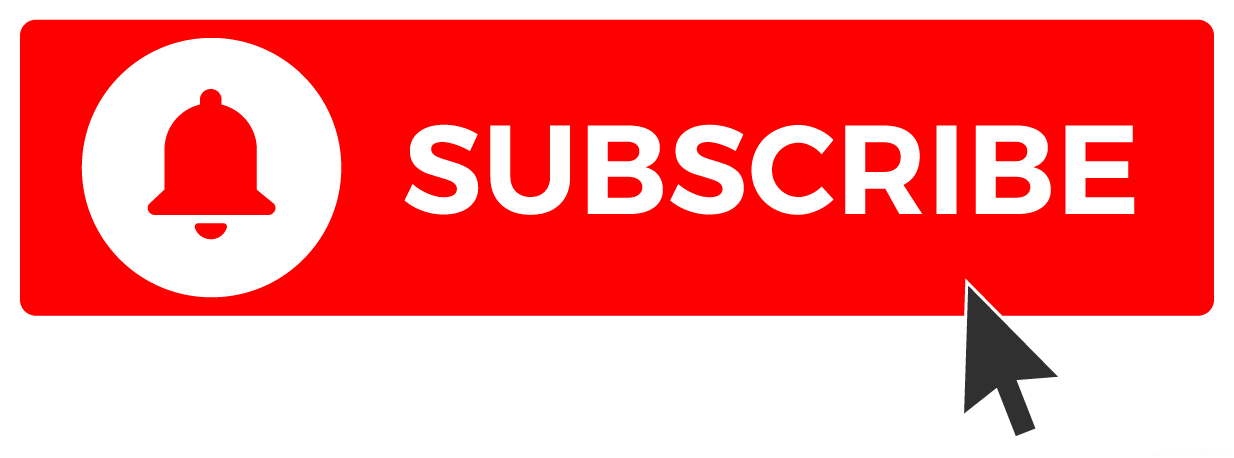Alright, let's break this down in a fun and simple way! Imagine you're a chef trying to perfect a dish (because who doesn't love food?), and that dish is business quality. You want to make sure everything is top-notch — the ingredients (raw materials), the cooking process (production), and the final plate (the product you sell). You also want to make sure that customers will rave about your dish and come back for seconds. This is where quality management comes in!
Key Concepts and Learning Objectives:
- Quality – Think of quality as the secret sauce! It's how well a product or service meets customers' needs. This could be anything like its appearance, reliability, and even the customer service afterward. It’s all about making the customer go, "Wow, this is exactly what I needed!"
- Quality Control (QC) – Imagine you're the head chef tasting a dish before it goes to the customer. That’s QC! It's about checking the final product to ensure everything’s up to scratch, whether it’s the raw materials or how well everything was made.
- Quality Assurance (QA) – QA is like tasting your dish before you even start cooking, making sure every step in the kitchen (business) is done perfectly so that the dish (product) turns out right. It’s about making sure you don’t have to go back and fix things later.
- Quality Management (QM) – Picture running a kitchen where every chef, sous chef, and server knows exactly what they’re doing to create a seamless dining experience. That’s quality management! It’s about making sure everything runs smoothly, from the very first step to the last.
Let’s Dive into TQM (Total Quality Management):
Now, imagine a whole team of chefs working together, from prep to plating, to make sure the food is always great. This teamwork and focus on quality in every step is basically what Total Quality Management (TQM) is all about.
- Continuous Skills Development: Just like a chef needs to keep learning new recipes, employees need to keep sharpening their skills. Regular training means everyone can do their job better, improving the final product.
- Continuous Improvement: Even after you perfect a dish, there's always room to tweak and make it better, right? Same goes for businesses. It’s about always looking for ways to improve processes and products.
- Adequate Financing and Capacity: If you’re running a big restaurant, you need enough money for good ingredients, proper equipment, and the right number of chefs. TQM needs the business to have enough resources to make sure everything works well.
- Monitoring and Evaluation: This is like tasting your dish at every step. Are we meeting quality standards? Are customers satisfied? By constantly evaluating, we make sure things are always improving.
- Customer Satisfaction: In the end, the customers are the judges. If your food (or product) is good, they’ll keep coming back. In TQM, the goal is to exceed customer expectations. It’s about understanding their needs and ensuring they love what they’re getting.
How Poor Implementation of TQM Hurts Businesses:
Now, let’s talk about what happens when things go wrong. If the chefs forget to check if the dish is right before serving it, or they’re using cheap ingredients (without quality control), the customers won’t be happy, right? The same thing happens in business when TQM isn’t properly implemented. The results? Customers will walk away unhappy, and the business loses money.
For example:
- Poor training or no communication = bad products.
- Unrealistic deadlines = rushed products, which means defects.
- No quality circles = missed opportunities to improve.
Ways to Reduce the Cost of Quality (and Boost Profits):
- Quality Circles: Just like in the kitchen, sometimes chefs (employees) need to come together and solve problems as a team. They might realize that a new tool or method can make things faster and better!
- Training: If you train employees well, they make fewer mistakes, and fewer mistakes mean fewer products to fix or replace. This saves the business money!
- Proactive Maintenance: Fixing things before they break! If a machine is about to fail, catching it early saves you from more costly repairs or downtime later on.
The TQM PDCA Cycle (Plan, Do, Check, Act):
This is like a never-ending feedback loop in the kitchen:
- Plan: Create a recipe (plan) to improve your dish.
- Do: Cook a small portion first to test.
- Check: Taste it, check if it’s what you want.
- Act: If it’s good, keep doing it; if not, tweak it.
The Impact of Poor TQM Implementation on Large Businesses:
- Big businesses often have more resources, but that doesn’t mean they can be lazy! If they skip quality checks, it can be disastrous. Imagine running a huge restaurant chain without a good chef in every kitchen – chaos, right?
Benefits of TQM on Big Businesses:
- Skills Development: Large businesses can afford the best chefs (employees) and make sure everyone is trained to the highest standards.
- Monitoring and Evaluation: Big businesses can afford fancy equipment and processes to monitor quality.
- Customer Satisfaction: By always improving, they stay ahead of the competition and make customers love them.
But, There Are Challenges:
- Managing Big Teams: In a large business, poor communication can cause problems with quality.
- Changes Take Time: You can’t just change a recipe overnight; similarly, big businesses might find it hard to make quick improvements.
- Financial Issues: Expanding too quickly can strain resources, leading to lower quality.
In Conclusion:
When you manage quality well, your business is like a top-notch restaurant that customers keep coming back to. You’ll get loyal fans (customers), and your business will grow. But if quality is neglected, well, you’ll end up with an empty restaurant. So, the secret sauce is in quality management, and every step — from employee training to customer feedback — is key to serving up success!
.png)







.png)
.png)

No comments:
Post a Comment